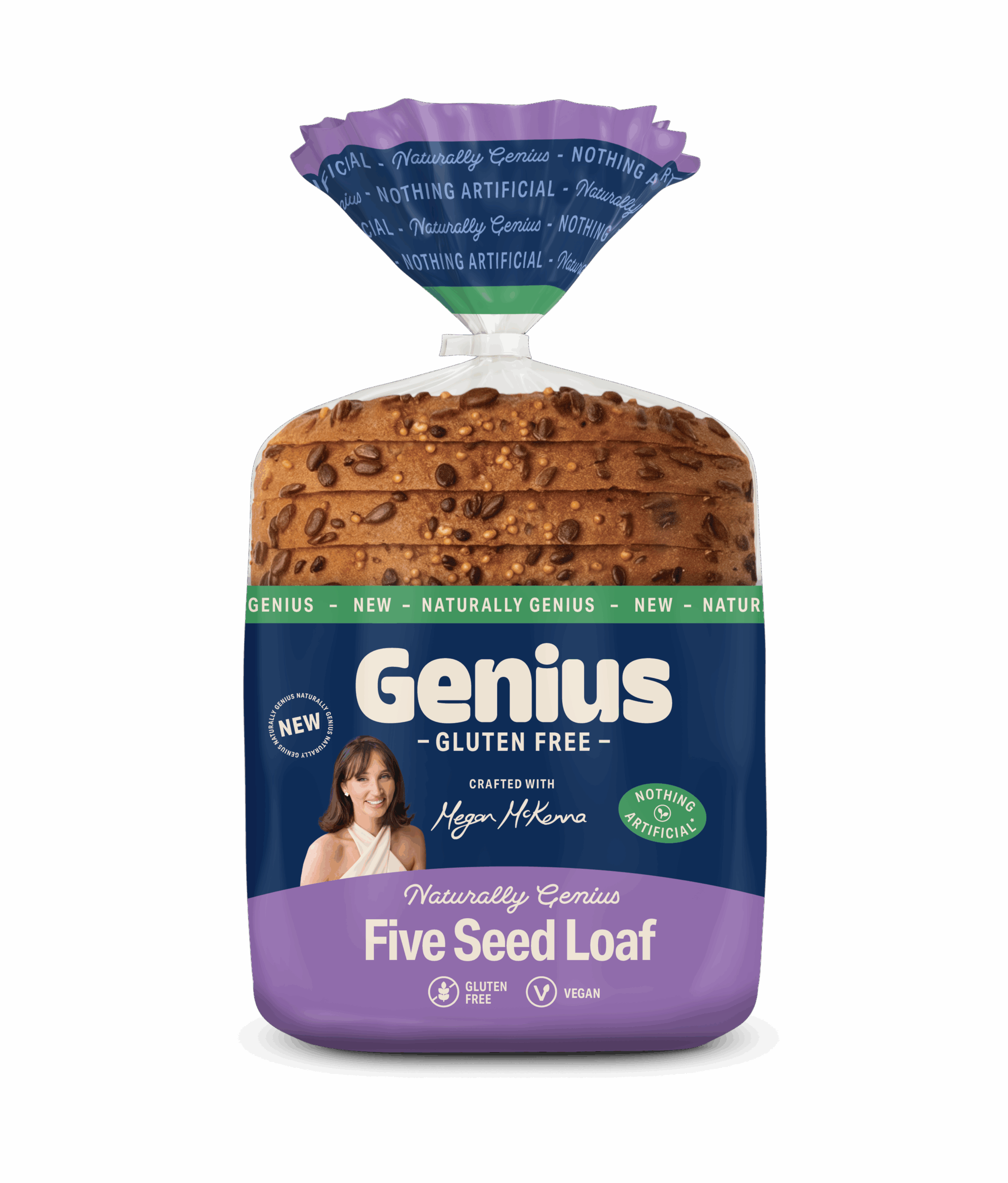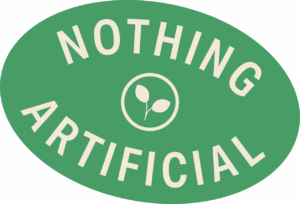








Co-created with Megan McKenna, our naturally delicious Five Seed Loaf has a soft centre, satisfying crunch and a deep, rich flavour. Packed with scrumptious Poppy Seeds, Brown Linseed and Golden Linseed, topped with crunchy Millet and Sunflower Seeds.
Full of crunch and natural goodness, it's the perfect base for a flavour-packed sandwich.

Water, Starches (Maize, Tapioca, Potato), Rice Flour, Mixed Seeds (8%) (Sunflower, Millet, Brown Linseed, Golden Linseed, Poppy), Vegetable Fibres (Bamboo, Linseed, Chickpea, Maize), Rapeseed Oil, Rice Protein, Psyllium Husk Powder, Yeast, Stabiliser (Hydroxypropyl Methyl Cellulose*), Sugar, Apple Extract, Salt, Fermented Maize Starch, Apple Cider Vinegar. *Derived from Plant Material.
May contain Egg. Not suitable for those with an Egg allergy.





